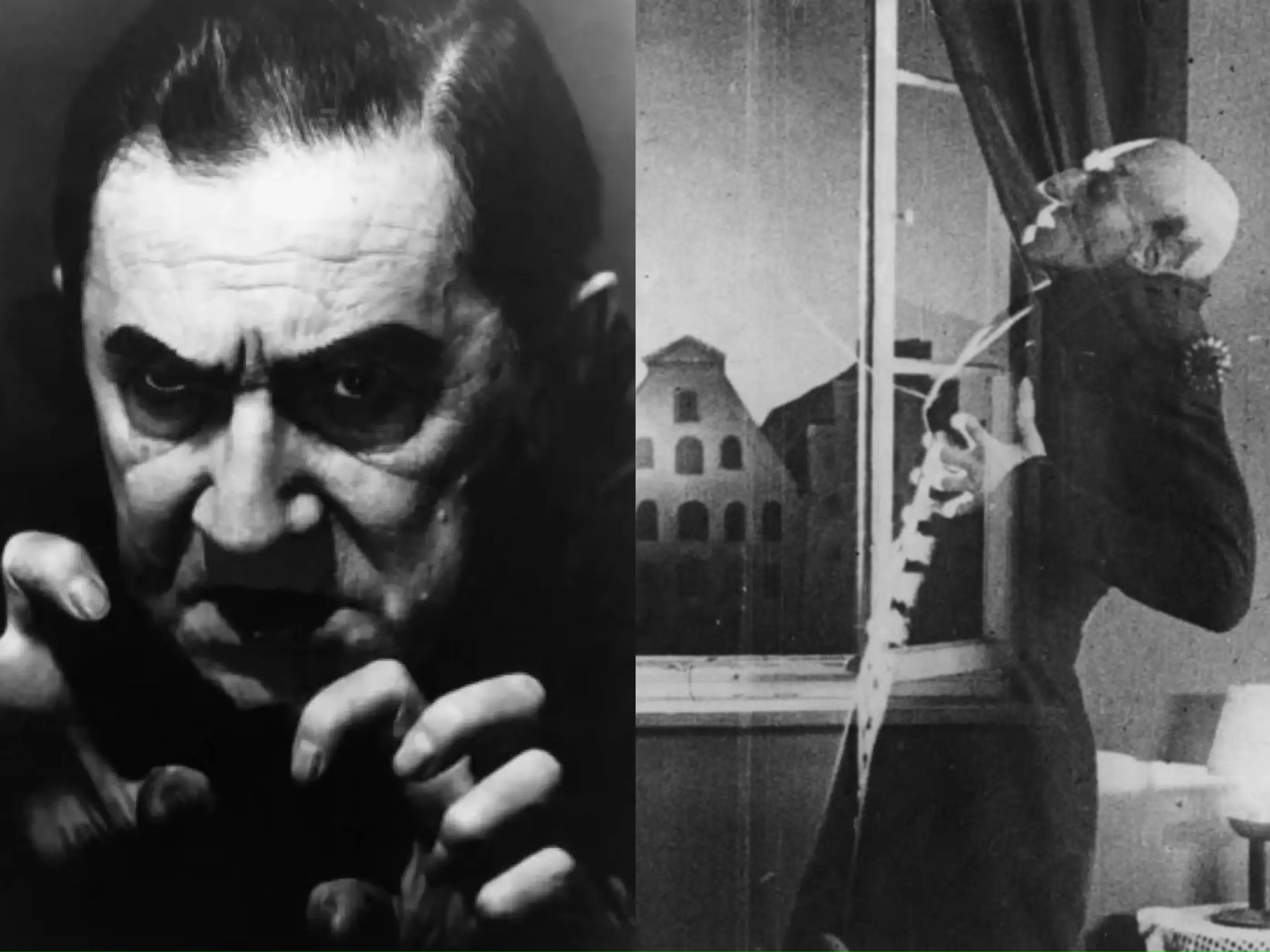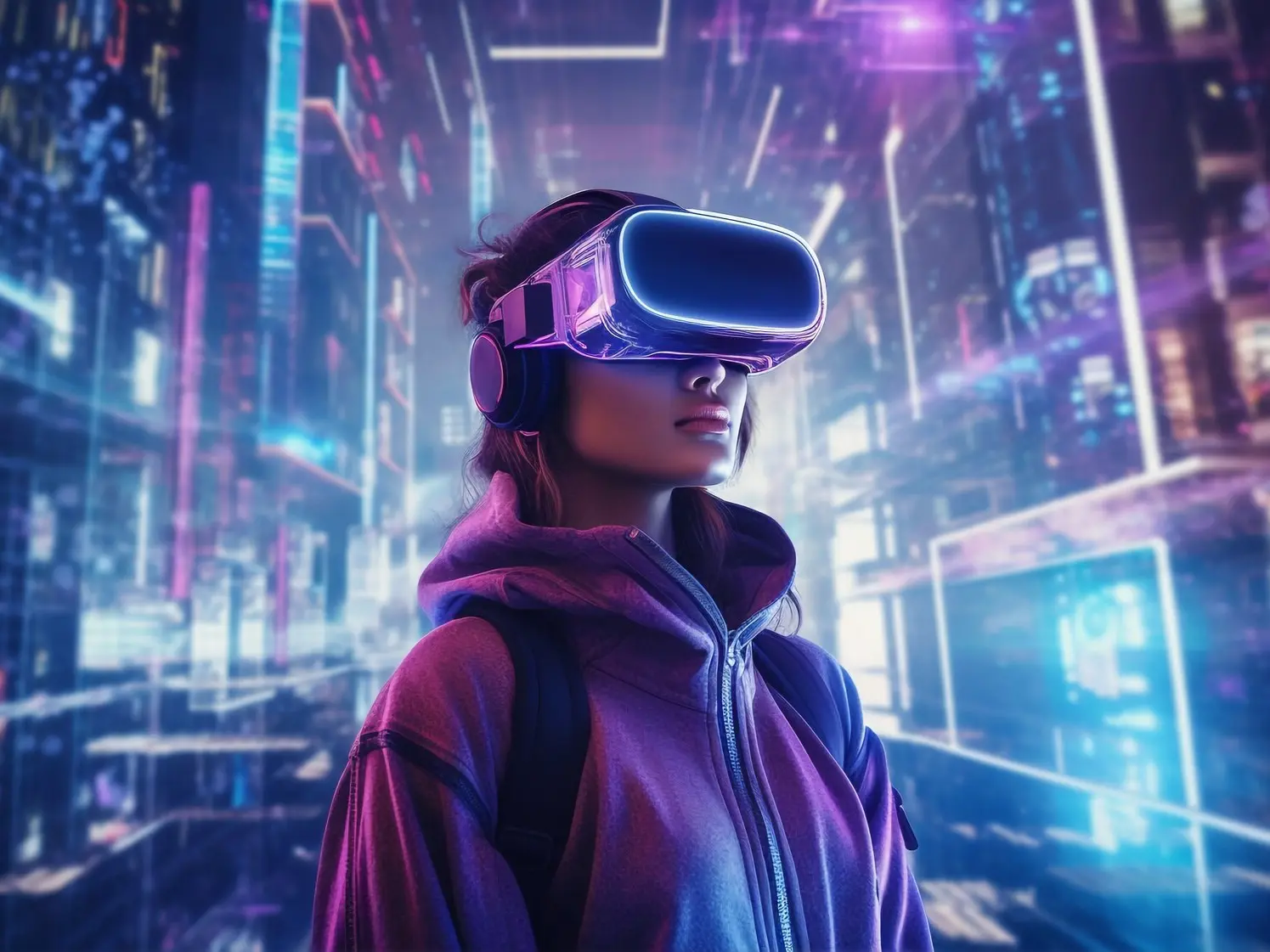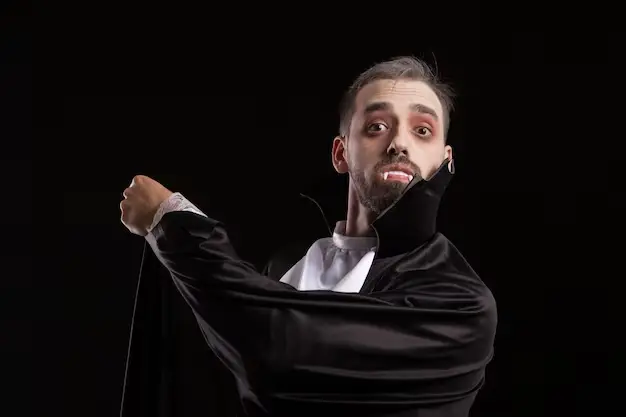- The vampire’s portrayal has evolved dramatically from the printing press era to the internet age, transitioning from horrible creatures to icons of lust and sensuality.
- Technological advances like AI, VR, AR, CGI, and the digital age have profoundly transformed the portrayal of vampires in contemporary media.
- Despite controversy, technology plays a crucial role in shaping the mythical creature’s image.
TLDR: How has technology changed how we imagine vampires? Across the centuries, vampires transformed from creatures of horror to icons of lust and sensuality, driven by AI, VR, AR, CGI, and the digital age.
If you embark on a journey through media evolution, there’s an evolutionary transition that is hard to ignore: the vampire’s portrayal, unfolding like scenes from an epic film.
From the inception of the printing press to the dawn of the internet age, the allure of this legendary creature has shifted dramatically on page and on screen, evolving from its early horror roots to a current embodiment of sensuality.
As the magic of media continues to breathe life into the vampire myth, one can’t help but wonder: how has technology shaped our perception of these mythical beings?
Let’s delve into the story of vampire metamorphosis in the media.
Evolution of media
The evolution of the media is a complex and multilayered process that has evolved gradually in response to technological and social developments. Key stages include:
15th Century: Transition from codex to printing press, boosting information dissemination through newspapers and books.
Mid-19th Century: Telegraph and telephone invention accelerates global communication.
Early 20th Century: Radio and television transmit sound and images, revolutionising news, culture, and entertainment.
Late 20th – Early 21st Century: Internet spreads, transforming access to information with websites, social media, and online news. Users actively participate in content creation and sharing.
Early 21st Century: Smartphones and social media accelerate information dissemination, changing how individuals engage with media.
Mid-21st Century to present: Media digitization and rise of streaming services lead to personalised, on-demand content. Technologies like AI, VR, AR, and CGI offer new forms of media expression.
Also read: Telegram steps into crypto with TON Space wallet integration

Original image: Scary predator
In earlier times, vampire portrayals were shaped within the constraints of limited media technology. Various legends in folklore and differing opinions on the vampire’s origins abound. One of the most representative is the 19th-century literary work Dracula. In it, Bram Stoker profoundly portrayed the vampire through letters, diaries, and reports.
During that era, media technology was relatively rudimentary, with the advancement of printing technology making illustrations and prints in books a primary mode for portraying vampires. Simultaneously, stage performances and oral traditions played crucial roles in shaping the vampire’s image. These limitations of media technology affected the way the vampire image was presented to a certain extent, but they also provided a platform for the vampire legend to take root in the society of the time.
In my opinion, vampires these days have been largely de-fanged. The classic portrayal of vampires as both figurative and literal predators, has largely given way to the sanitized, YA version of a brooding, lovelorn teenager.
Neil Chase, a screenwriter, indie filmmaker and actor
Neil Chase, a screenwriter, indie filmmaker and actor, told BTW that: “In my opinion, vampires these days have been largely de-fanged. The classic portrayal of vampires as both figurative and literal predators, has largely given way to the sanitized, YA version of a brooding, lovelorn teenager.”
Because of the limited media technology available then, the portrayal of vampires relied heavily on descriptions in literary works and the imagination of readers.
As time progressed, advancements in media technology brought forth greater diversity and complexity to the image of vampires. This evolution made them a unique and multifaceted expression in various cultures and media forms.
Also read: Mobile data in Europe to triple by 2028 and big tech should pay the bill
Key moments in transforming the vampire

At the beginning of the 20th century, the development of cinema became a key point in the transformation of the vampire image.
With the development of film technology, the vampire image was able to be more vividly presented on the screen. In particular, Bela Lugosi‘s performance in “Dracula” injected a unique glamour and menace into the vampire image.
In films, vampires started acquiring iconic physical features like fangs, black gowns, and bushy eyebrows, which later became enduring elements in their representation.
Over time, emerging forms of media, such as television, have provided more scope for the development of vampire imagery.
As new media forms, including television, emerged, they provided additional avenues for the exploration of vampire imagery.
In “Buffy the Vampire Slayer,” for instance, vampires transcended being mere demonic adversaries; they exhibited individual differences and, in some instances, revealed a human side.
Some works began to romanticise the vampire image, emphasizing their emotions and complexity rather than just being symbols of terror.
Through these key points, the vampire image has gradually evolved from its initial mysterious and terrifying demonic image into a more vivid, diverse, and insightful character.
This evolution reflects the different social and cultural interpretations and needs of the vampire legend.
Also read: Is Formula One’s use of AI for track limits enforcement better than using humans?
Pop quiz
Which form of written expressions does not appear in the novel Dracula?
A. letters
B. diaries
C. reports
D. poems
The answer is at the bottom of this article.

Modern tech’s influence on the vampire image
Jeff Mitchell, a founder and editor at Odd Nugget, told BTW: “Enhanced visuals and CGI are probably the main ways vampire portrayals have been affected by technological advancements in recent years.”
The portrayal of vampires has indeed been significantly affected by technological advances; AI, VR, AR and CGI technologies have profoundly changed the way vampires are portrayed.
The integration of cutting-edge AR, CGI, and AI technologies has brought vampires to life in a more authentic and vibrant manner. This advancement elevates the audience’s viewing experience, as seen in the Vampirella series, where it showcases the vampire’s body expanding and transcending biological limitations.
In the film Morbius, Digital Domain‘s visual effects studio used advanced facial capture software to create realistic, monstrous looks for the vampire characters without relying on traditional prosthetics or make-up.
Virtual Reality (VR) technology has revolutionised the portrayal of vampire characters, as exemplified in the True Blood series. Through VR, viewers can immerse themselves in the vampire world, providing a unique and engaging experience.
The cross-border application of these technologies has brought the vampire image closer to reality, showing more vivid and innovative qualities not only in the field of film, but also in games, novels and many other fields.
In addition, the digital age has really influenced the portrayal of vampires in popular culture. According to an article by Smith College, today’s vampire characters and depictions often rely on technology, with vampires being portrayed as creatures of the digital age, using iPods, blogs, Facebook pages, and text messages.
This adaptation reflects the convergence of modern technology with vampire narratives and illustrates how technological advances have affected the way vampires are presented in contemporary media.
In conclusion, technological advances have indeed played a key role in shaping the portrayal of vampires, with AI, VR and AR, CGI technologies coming together to drive the evolution of vampire portrayals and become more technologically integrated.
Also read: Meta’s strategic partnership with Tencent opens new horizons for VR in China

Arguments for and against the modern portrayal of vampires in popular culture
The modern portrayal of vampires in popular culture has sparked diverse perspectives.
Modern vampire depictions, welcomed by some, are considered innovative expansions of traditional stories. Supporters highlight their narrative depth, exploring themes like love and societal issues. The appeal to diverse audiences, especially the younger generation, is seen positively, evident in the popularity of shows like The Vampire Diaries and Twilight, and the trend of vampire costumes for Halloween.
Conversely, some prefer traditional vampire portrayals, feeling the modern image strays from folk-lore, diluting the legend. Critics worry about negative influences on younger audiences, romanticising harmful behaviors. Commercialisation is seen as diminishing the original folklore’s significance, turning it into mere entertainment.
Just like Jeff said “Technology is often a mere prop to these types of characters, but I think there’s a lot of potential for deeper depictions of vampires using modern technology for nefarious purposes.”
These contrasting viewpoints reflect the ongoing debate surrounding the modern portrayal of vampires in popular culture, highlighting both its positive and negative implications.
The vampire image has evolved in literature, film and emerging media since the 19th century, profoundly influenced by technological advances. It has transformed from a horrific cold-blooded predator to today’s image of romanticism and sex appeal. Despite the controversy that has arisen, it is important to recognise the crucial role of technology in fictional characterisation.
Also read: 9 very different ways AI is changing the world
The correct answer to the pop quiz is D. Poems.

